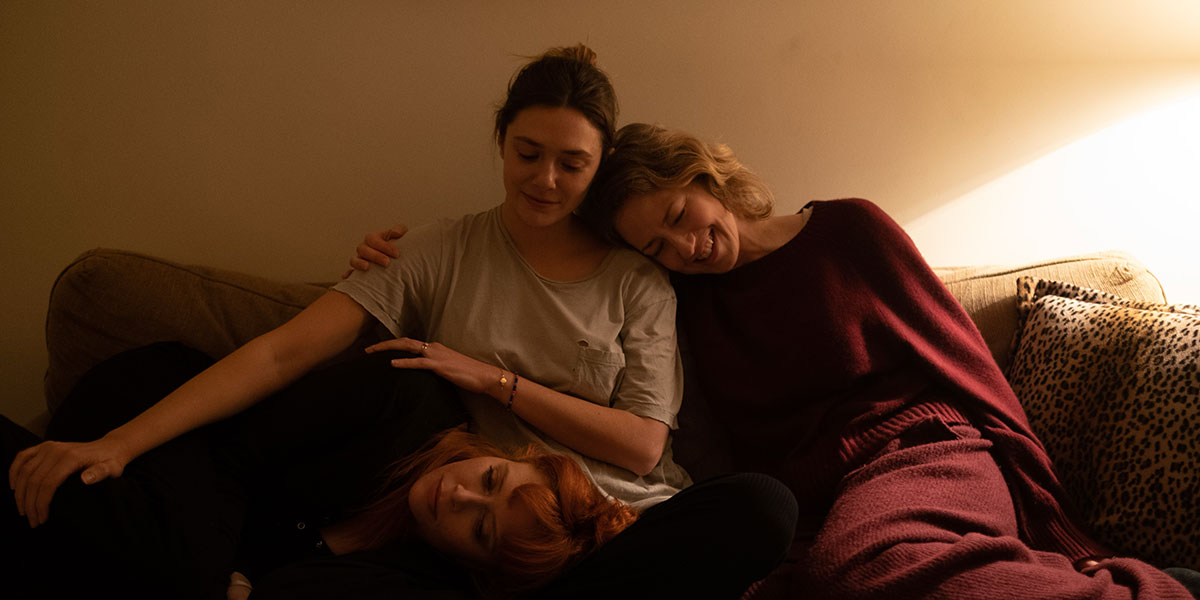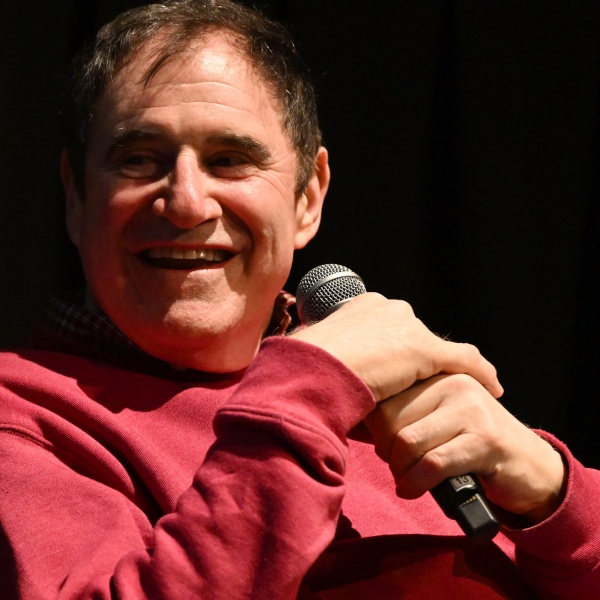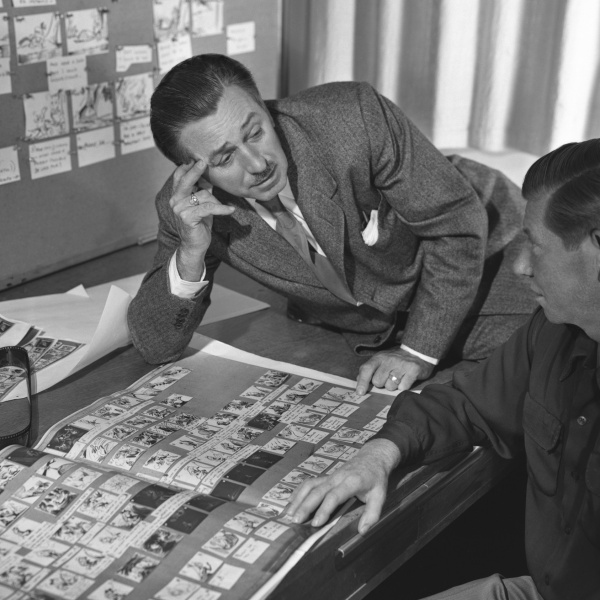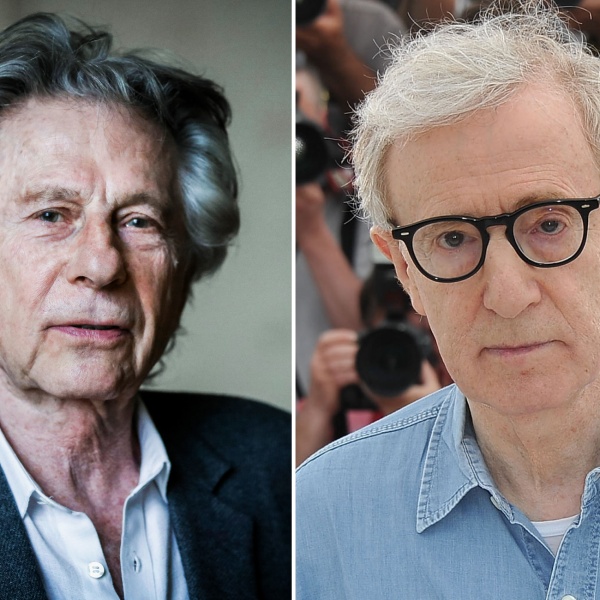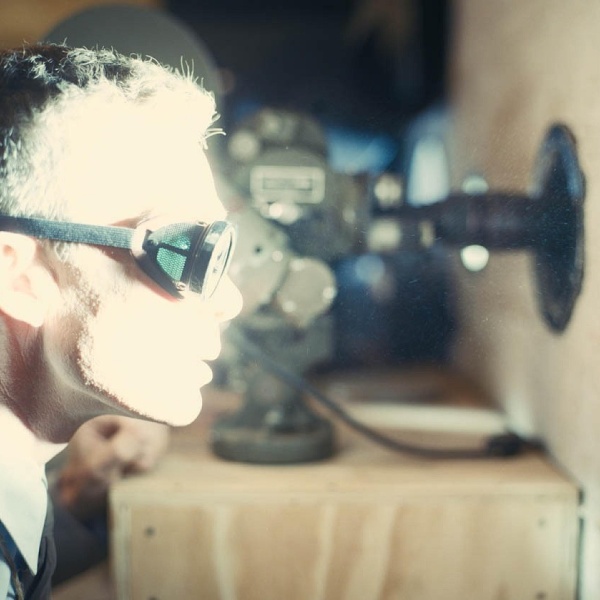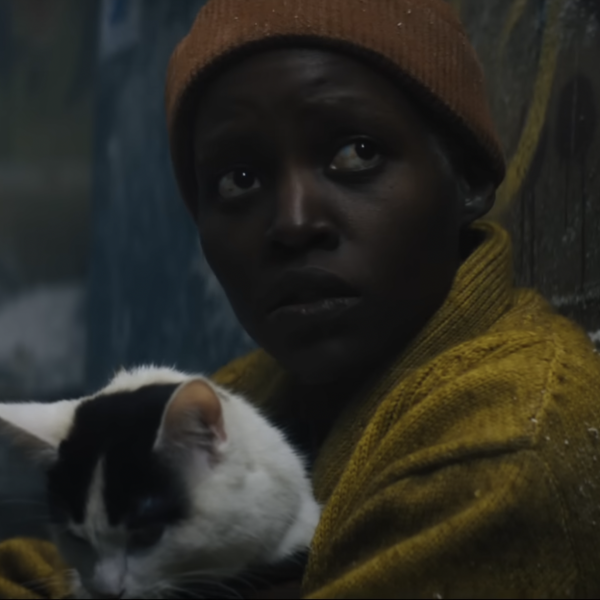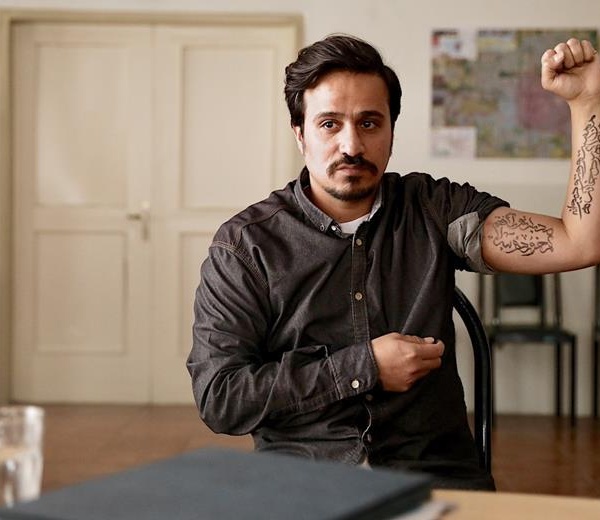Writer/director Azazel Jacobs‘ beautiful — in every sense of the word — new drama “His Three Daughters” will drop on Netflix on September 20, but between now and then, a select number of venues will offer the chance to see the movie on the big screen. It’s an opportunity that should be seized, especially if you’re lucky enough to live near one of the handful of theaters, like Quentin Tarantino‘s New Beverly Cinema in L.A. or NYC’s Angelika that will be presenting “His Three Daughters” in 35mm.
That’s because cinematographer Sam Levy‘s 35mm photography is essential to the film‘s emotional effects, and while the film’s impact can be felt regardless of the platform, Levy feels that there’s something special about seeing a film shot on celluloid projected on celluloid. “At the risk of sounding pretentious, it’s like when you hear a musician say, ‘If you listen to the vinyl it’s a completely different album,’” Levy told IndieWire. “When you see a print, because we shot on film, you get a completely different texture.”
Jacobs and Levy shot on 35mm partly to emulate the texture of films of the French New Wave and the American independent movement in the 1990s and partly to establish a visual language that would reflect the themes of Jacobs’ screenplay. The movie takes place largely in an East Village apartment where three sisters (played by Carrie Coon, Elizabeth Olsen, and Natasha Lyonne) have gathered to take care of their dying father, and there’s an ethereal quality to Levy’s lighting that the 35mm grain amplifies and emphasizes.
“It was important for me to capture the unseen aspects of the story,” Levy said. “There’s the presence of the father throughout, and an almost supernatural quality to his life and the lives of his daughters.” In an effort to get across the feeling of a soul leaving its body, the filmmakers often punctuated scenes with images of empty rooms shot with subtle camera moves, interludes that Levy wanted to imbue with a spiritual quality.
“Shooting on film matched up perfectly with those themes,” Levy said, explaining that the unpredictability of the photochemical process brought a layer of mysticism to the imagery. “Film has a mind of its own, with the presence of silver in the negative, and you can prepare a lot, but at a certain point, the film just does its own thing. When there’s a bright window or a bright light bulb, it will glow in a really specific way. Or the skin of the actors. That’s almost impossible to emulate with digital.”

Levy found himself reveling in the “imperfections” of film that he felt added the necessary spiritual presence to the drama; he also found that shooting on film brought him back to his days working for master cinematographer Harris Savides. “The biggest difference between shooting film and digital is you don’t look at the monitor in the same way,” Levy said. “You really have to use your eye. And the way that I was trained under Harris Savides is that you shouldn’t light using a light meter. You light to your eye, and then when you’re feeling good about it you use your meter to see where you’re at and set your exposure. You can’t really do that with digital so much. You really rely on a calibrated monitor. With film, you work much more intuitively.”
Levy and Jacobs also chose to shoot with just one camera, which created a discipline that the audience can feel; part of the greatness of “His Three Daughters” is its sense of total control, as no camera move or cut feels arbitrary. The precision quickly creates a subliminal trust between the audience and the filmmaker; on some level, the viewer knows early on that they’re in the hands of people who care about what they’re presenting to us, and that the filmmakers can be trusted. The result is the kind of direct link between the audience and the characters’ emotions that one finds in the best work of Ingmar Bergman or Paul Mazursky.
“We wanted that idea of shooting on film and shooting with one camera to guide the parameters of what we were doing,” Levy said, noting that he and Jacobs shot-listed the film exhaustively to make the most out of their limited location. Although a set might have given them greater flexibility, it was never really considered as an option. “This was a space that Az had very clearly in his mind, informed by him growing up in New York City and having seen a lot of these buildings,” Levy said. “The one that we ended up filming in was a 10-minute walk from where I live. It just spoke to us, and it wasn’t even particularly big.”
Although that created challenges for Levy regarding where he could put his camera and lights, he felt that the limited size of the apartment was a net positive. “You really want to get the anthropology right when you’re choosing a location,” he said. “You don’t want it to feel comically big, like in these sitcoms where people live in these vast apartments even though they don’t have a lot of money.” With careful planning, Levy and Jacobs were able to create varied camera moves and compositions in the space without creating the feeling that it was larger than it was; there’s some astonishing choreography in the movie between the actors and the camera, all of which is so subtle it will go unrecognized by most viewers on first viewing.
Levy said they used a traditional dolly for camera movement to give the film an elegance, and that he was pleased with how his intentions were realized on screen. “You never know for sure what’s going to happen when you set out to make something, but I did have a strong instinct that it could work. And that’s all you can really do at the end of the day: follow your instincts.”
“His Three Daughters” opens in theaters on September 6 and begins streaming on Netflix September 20.
